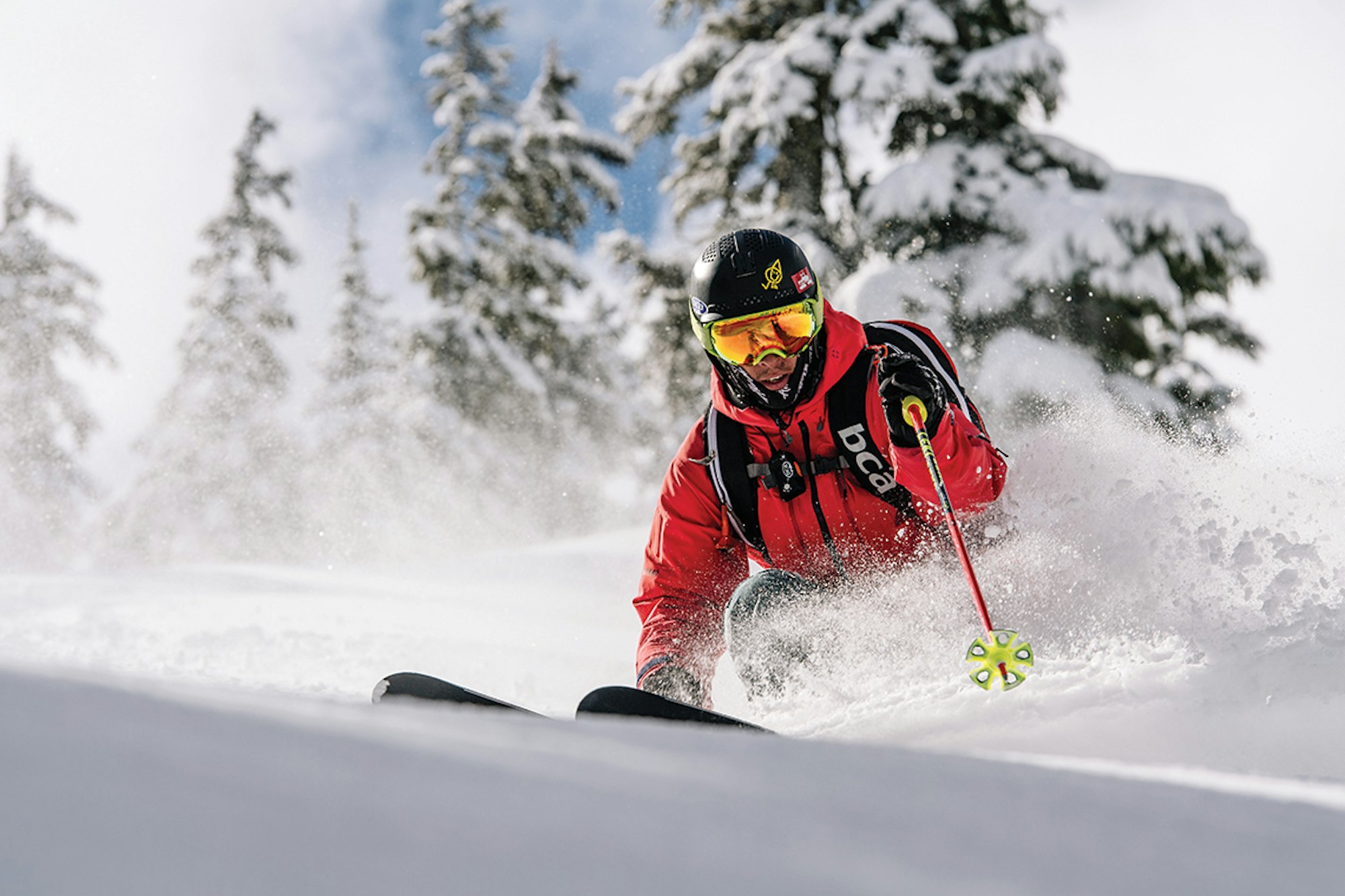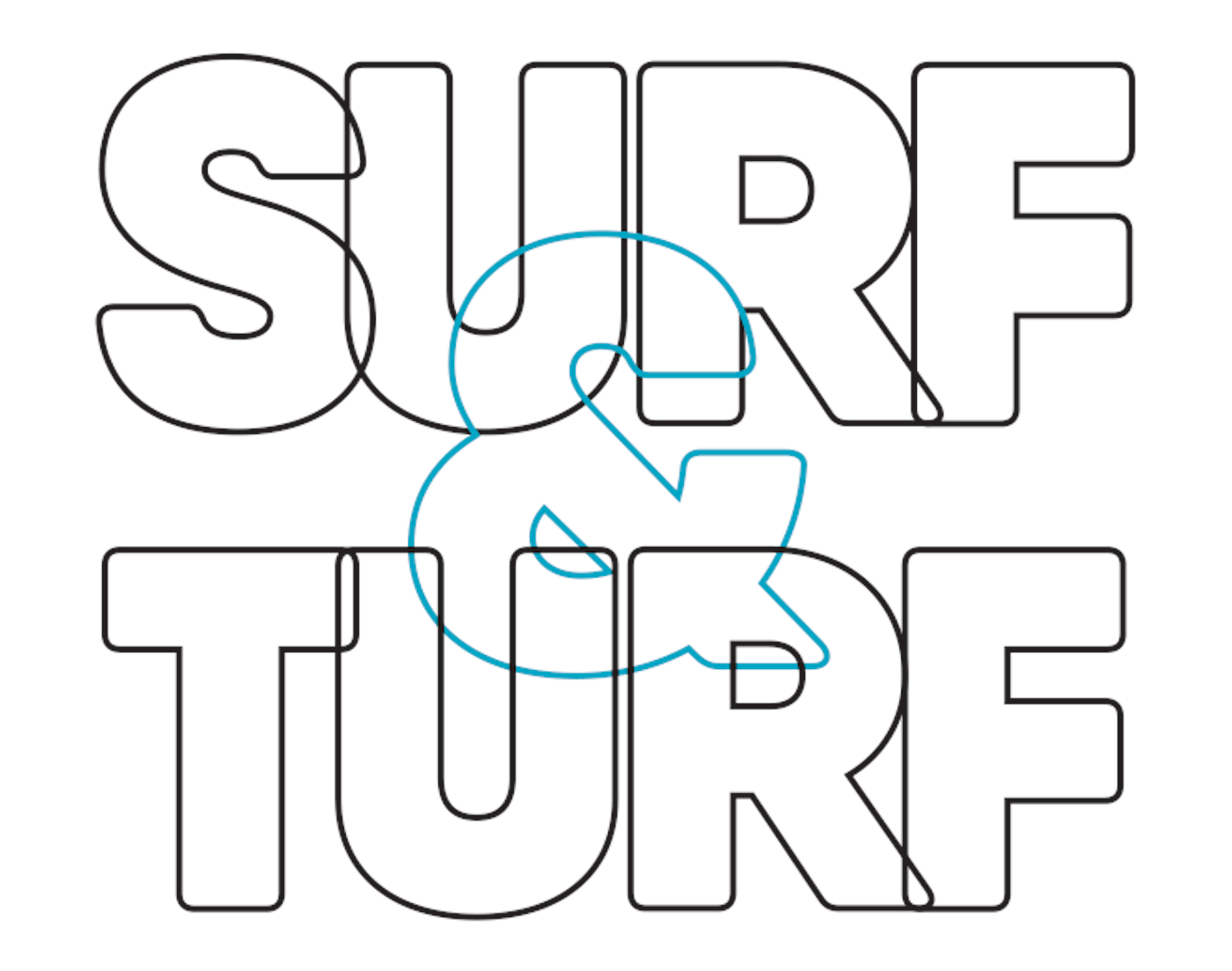
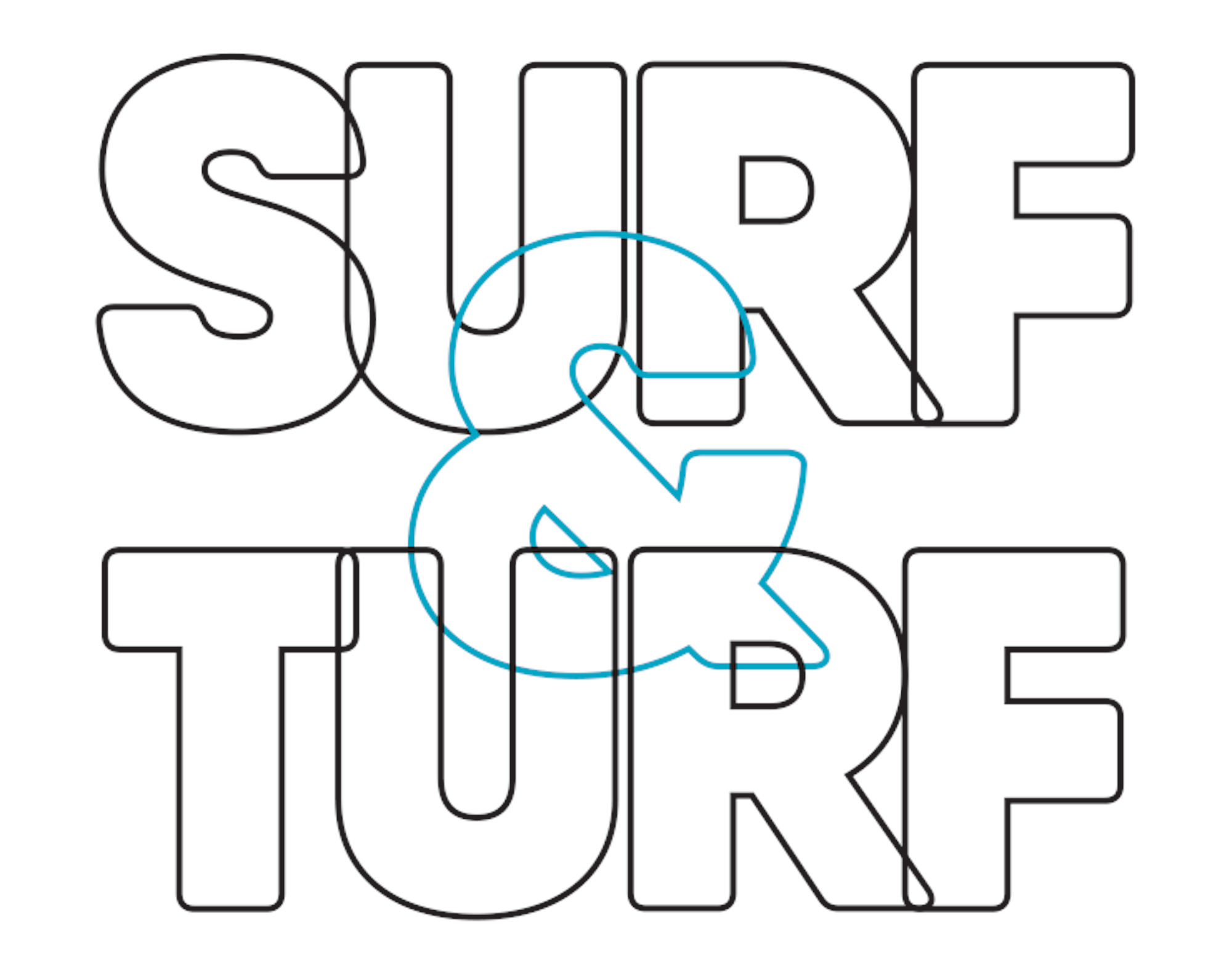
Skier, scientist, guitarist and all-around renaissance man, Adam Ü, pursues his passions on land and sea
Skiing photos by Kevin T. McHugh • All marine photos are courtesy of Adam Ü and were taken under Federal marine mammal research permits.
ADAM Ü—yes, that’s his real last name—still tele skis… despite losing sponsors like Scarpa and K2, despite sacrificing efficiency while touring and despite the tele tribe largely disbanding. But, it’s not because he’s a holier-than-thou free-heeled A-hole. Adam hones in on his passions and no matter their popularity—marine biopsy sample analysis, anyone?—commits 100 percent. He’s carved a unique path for himself, turning obsessions into viable careers. “Personally, I stopped considering myself a ‘tele skier’ years ago when I stopped competing,” says Adam, 35, a marine biologist and skier based in Glacier, Washington. “I do love the turn, and even though I don’t make tele turns all the time, I’m not willing to give up the option to make them when I want to.” He uses AT gear about 10 percent of the season. “Otherwise, I find fixed heel skiing to be overly static, rigid and boring. It’s also much more painful to crash.”
Adam’s friends—and photographers like the famed Grant Gunderson—at Mt. Baker, Glacier’s local ski area, don’t care what bindings he’s on. They never have to wait for him at the bottom of the run. He entertains them with backflips and worldly topics of discussion (WWII plane and ship trivia, for example). He’s knowledgeable in the backcountry. He jams guitar, having formerly played in the heavy metal band Metalmücil and now as the solo artist Bonin Petrels. And he’s enthusiastic no matter the conditions. “He’s always one of the first in line at Baker and one of the last to leave,” says pro skier K.C. Deane, who met Adam a decade ago in Gunderson’s living room. “He had hair longer than my girlfriend and was wearing something like a 3 Inches of Blood t-shirt.” Deane skis with Adam at Baker and Revelstoke and travels to Japan with him each season—a tradition they started in 2011. “When I think of Adam, I can hear him laughing as he’s finishing a run, grinning and stoked for another lap,” he says.
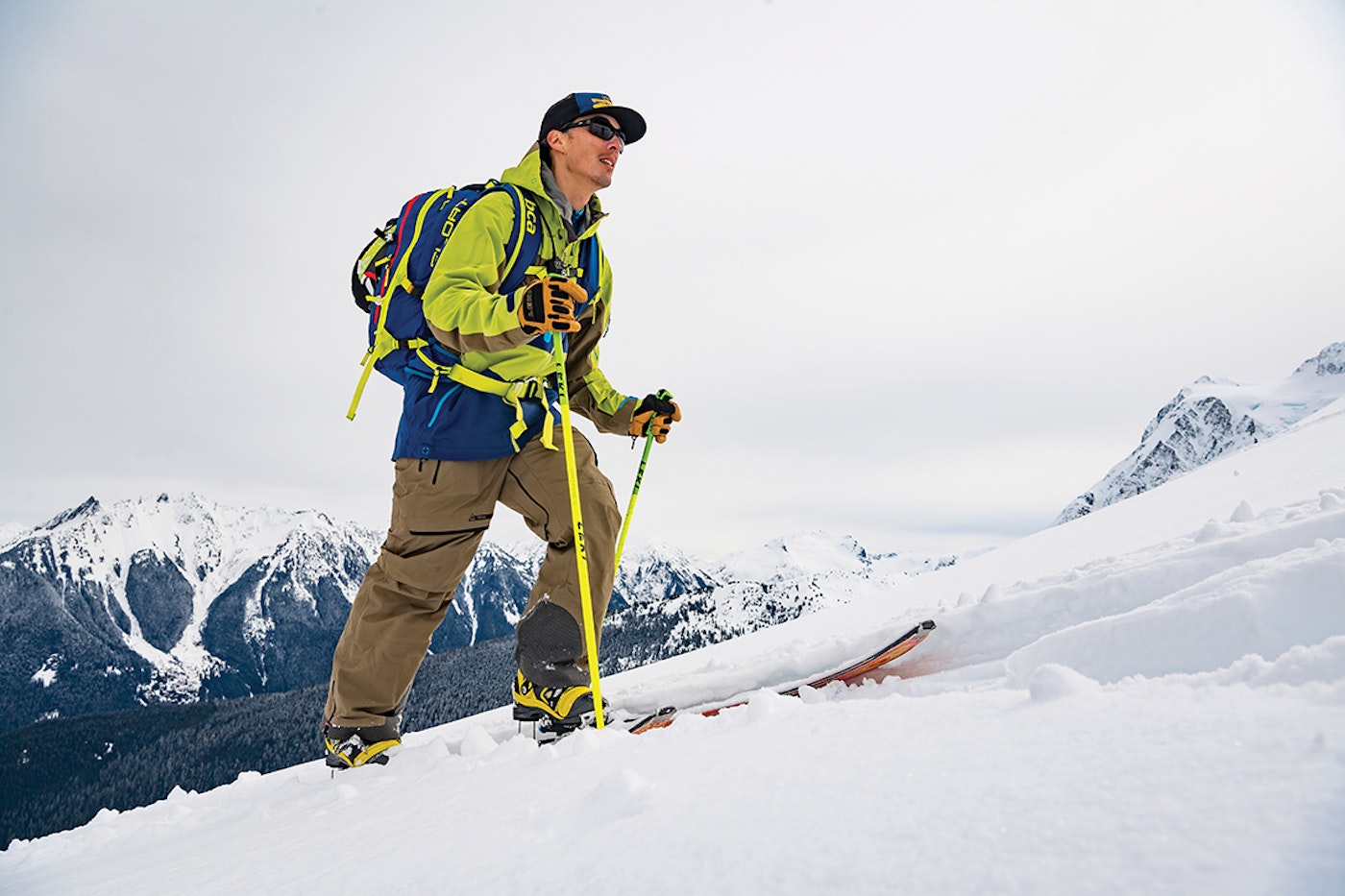
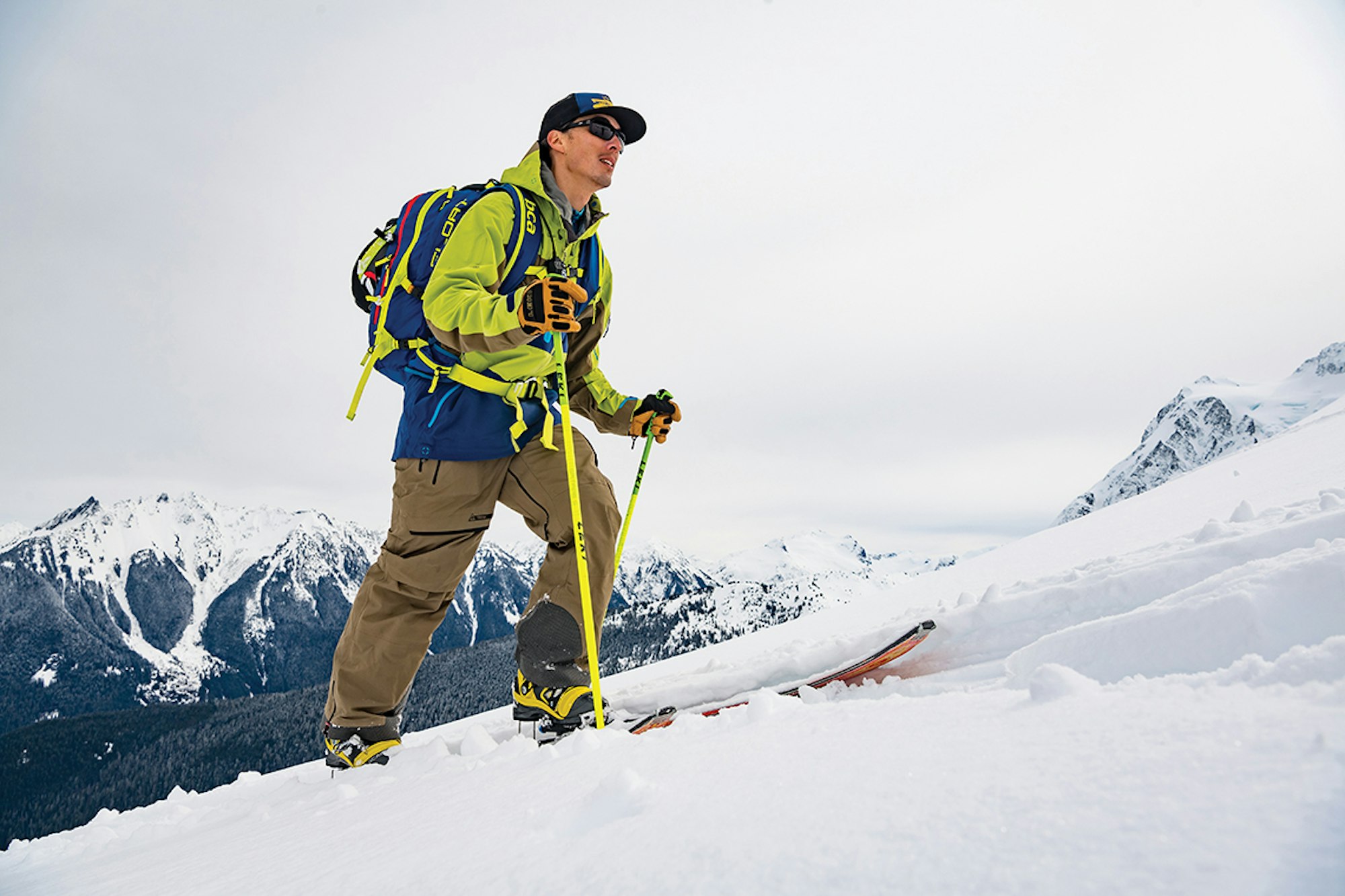
When Adam’s great-great grandfather moved from China to Port Townsend, Washington around the turn of the 20th century, he changed the family name from Cantonese to a western language for ease of assimilation. He settled on the German letter Ü—it was the closest thing in any western alphabet to the original pronunciation of his Cantonese name. A century later, computer systems, banks, airlines and credit reports require a two-letter last name. Adam spends hours on the phone explaining to institutions that, yes, “Ü” is a valid last name.
Adam grew up near the shores of San Francisco Bay and spent his childhood fishing and beachcombing—he even worked at a bait and tackle shop. His mom skied and put a 5-year-old Adam in a kid’s group lesson at Northstar, in Lake Tahoe. Frustrated on multiple levels (his PB&J was far too dry), Adam took his skis off and walked down the hill to the lodge, and that was the end of his childhood ski career. In high school, Adam discovered rock climbing. His senior year, he got a job at a climbing gym and attended Colorado Rocky Mountain School in Carbondale, Colorado, to compete on the school’s climbing team. Unfortunately, the sport was pulled from the school’s athletic roster upon his arrival. Forced to choose a winter activity, Adam picked “telemark race” because that’s what climbers did. In one season, he skied close to 90 days. Adam attended three semesters at Lewis and Clark College in Portland, Oregon, but spent most of his time skiing and climbing. “I stuck with telemark racing because it was fun and there was a great, supportive community surrounding that scene,” says Adam, who dropped out of school and moved to Whistler, BC, to ski and train with members of the Canadian National Telemark team. When he returned to undergrad at Western Washington University (WWU), in Bellingham—Adam knew he’d need a bachelor’s degree to be taken seriously in the science field—he joined the alpine race team and competed on the same collegiate circuit as skiing great Ingrid Backstrom, photographer Erik Seo and others who went on to work in the ski industry.
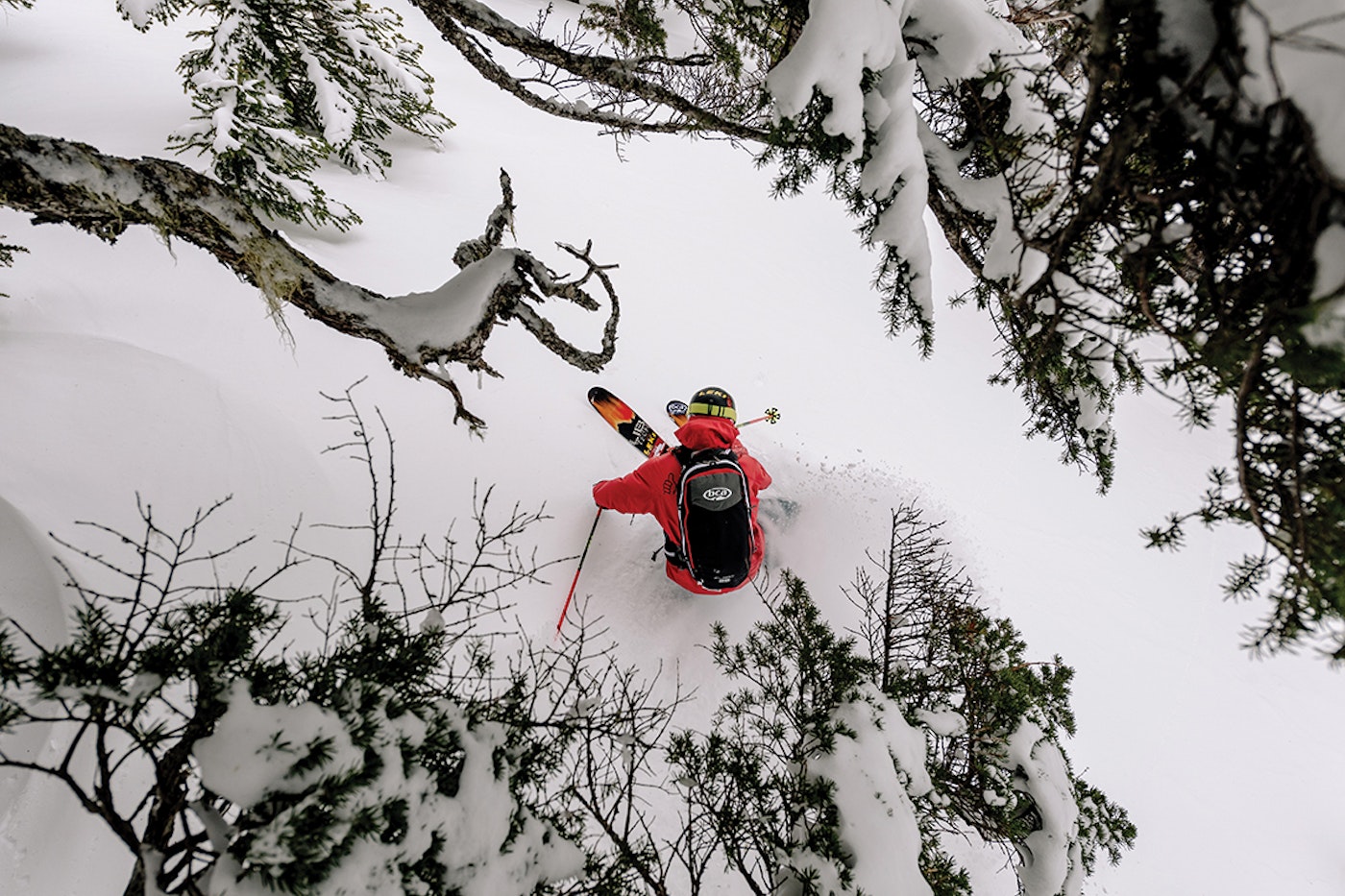
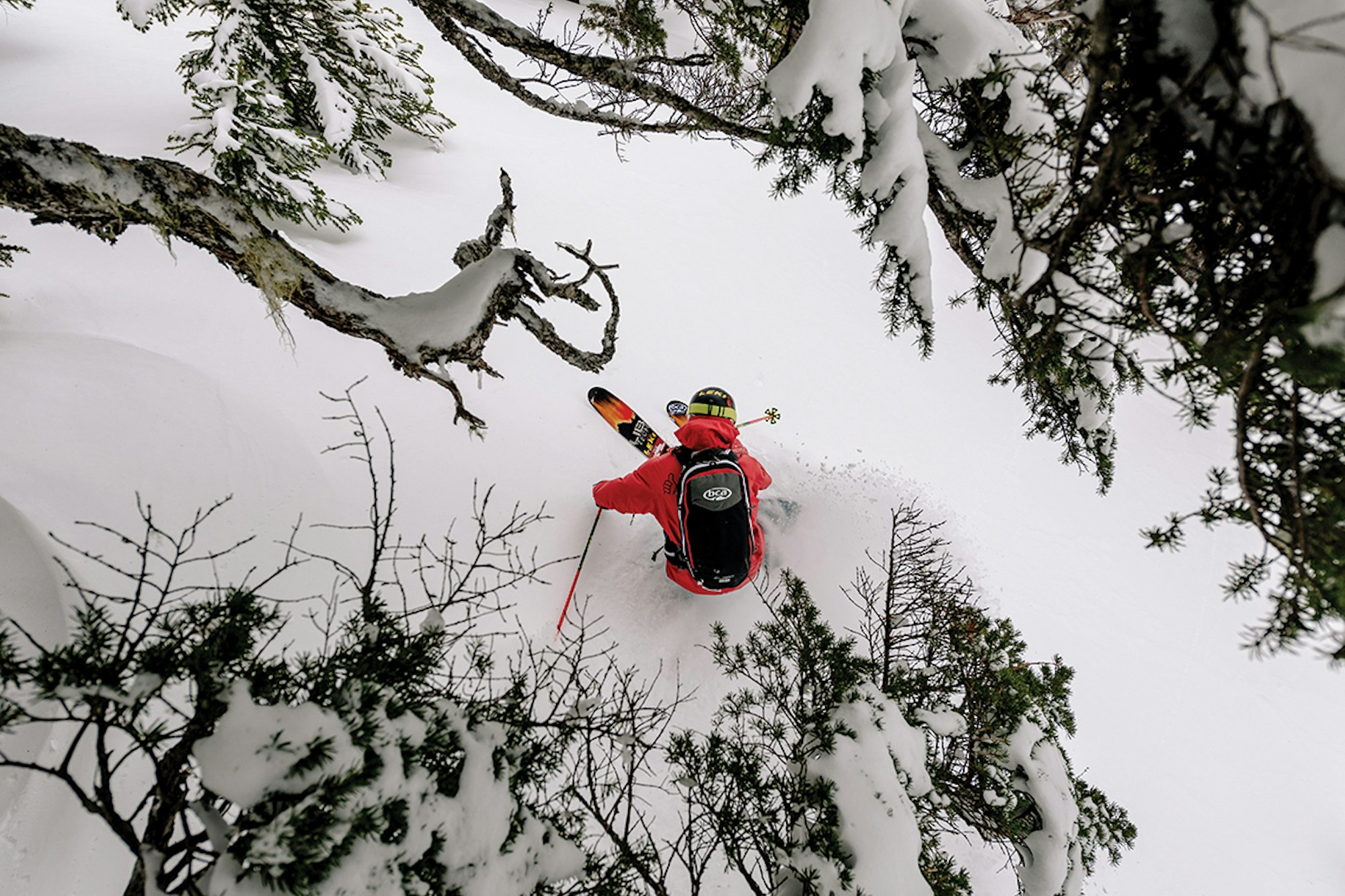
In 2000, he entered a freeskiing competition at Baker and placed second, securing his first sponsor—a shop called Backcountry Outfitters, based in Mt. Vernon, WA—and a mentor, the late Pacific Northwest photographer Carl Skoog. Skoog introduced Adam to Mike Hattrup, which started a 13-year-long sponsorship with K2. It was tele skiing’s heyday, and brands like Patagonia were using tele skiers in their marketing campaigns. Adam studied the Free Radicals movies from Sweden, gaining inspiration from tele skiers like Frode Grønvold and Erik Mossfeldt and Pacific Northwest legends like the late Sven Erik Jonassen. The only interest that rivaled skiing for Adam was marine biology, a path he began in high school when he volunteered with a whale research group. After earning his degree in geography with a minor in marine environmental science from WWU, he worked in the field for five years (Adam strongly prefers field research versus academia) and decided to pursue a master’s so he could further his research on harbor porpoises in Washington state. The University of Aberdeen in Scotland funded his project and Adam completed a Masters of Research in Marine Ecology in 2009, after which he promptly went skiing in South America for three weeks. Since racing and competing, Adam has spent long stints in Europe, skiing in France, Switzerland, Italy, Spain, Kosovo and Albania. He’s also skied in Kashmir, Turkey and extensively in South America. But most of his travel since 2011 has been to Japan. The powder fanatic has returned for “Japanuary” every year since, sometimes visiting multiple times per season and usually producing published work.
“Adam is one of the few telemark skiers who remains relevant and has enjoyed a long career,” says Sven Brunso, professional skier and Adam’s team manager at LEKI. “He has adapted his style to the changing industry. Adam was an early adopter of more powerful boots and bindings and has been on fat skis since the beginning. His skiing style is very fluid, and he can change seamlessly between making tele turns and alpine turns. He’s very strong but also skis with a lot of finesse so it seems that he can truly make his skis do anything he wants in any terrain.”
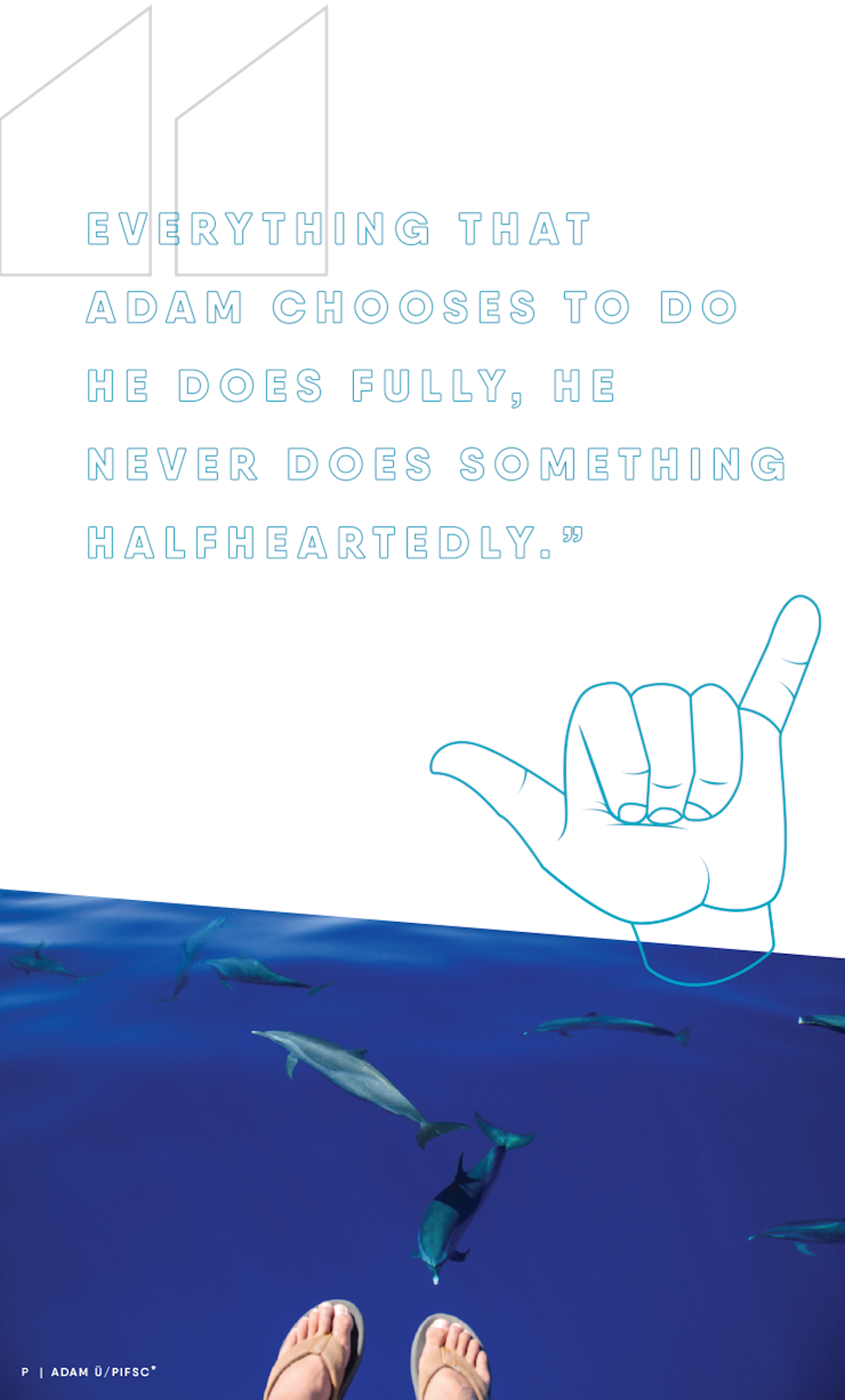
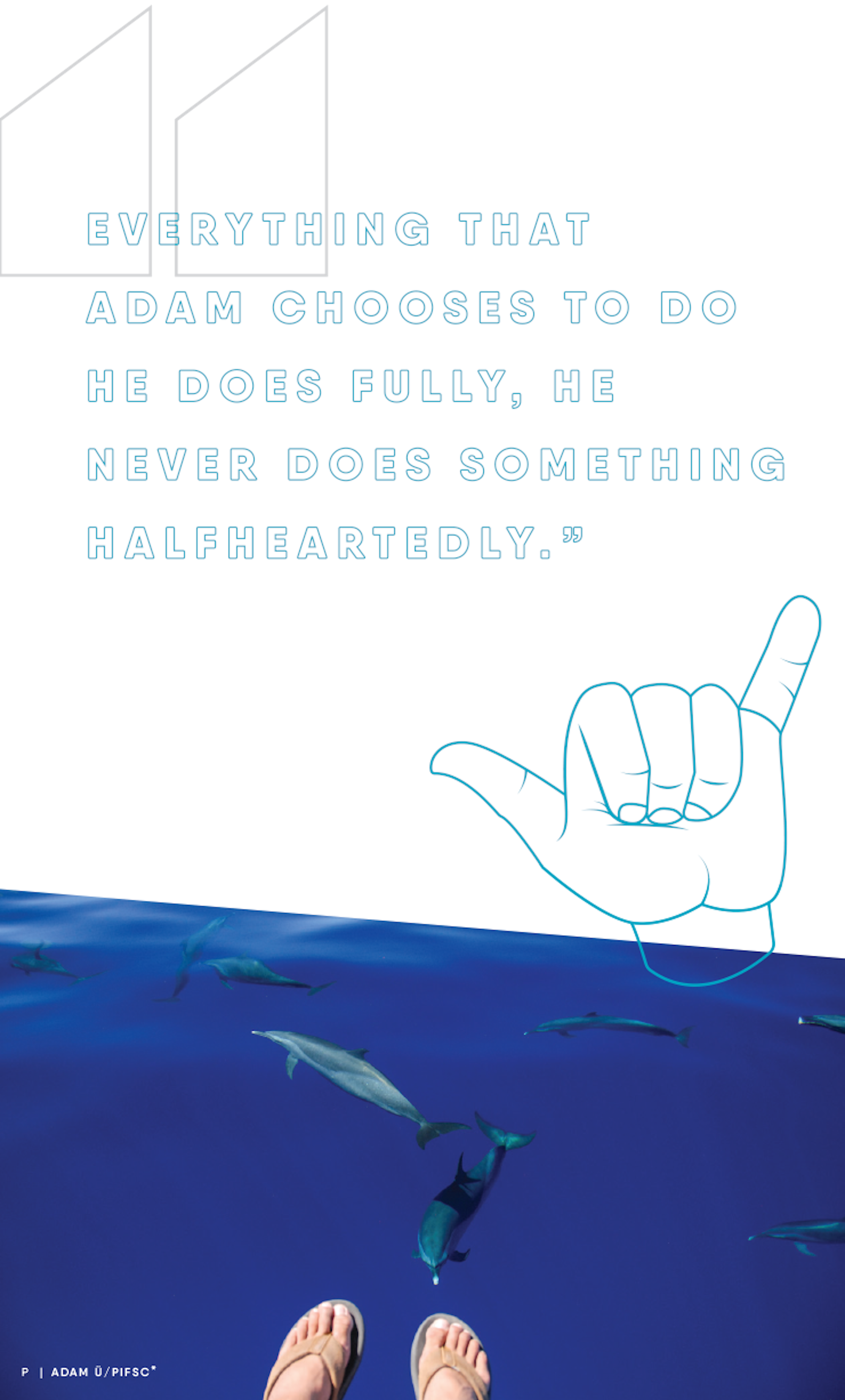
A career in marine biology allows Adam to solely focus on skiing for half the year. The other half, Adam works aboard research vessels, sighting animals, identifying species, taking photographs for ID purposes and obtaining biopsy samples with a crossbow for genetic/toxicology analyses. “When I’m on a boat and I wake up to a flat, calm and sunny day, I have that same awesome feeling as when I arrive at the ski area and it’s bluebird… with a couple feet of new snow and stable conditions,” says Adam. Last summer, he worked as a contractor for NOAA’s Pacific Islands Fisheries Science Center on a large-scale marine mammal and seabird survey of the Hawaiian Islands Exclusive Economic Zone. He spent the fall in Mexico working on a conservation project aimed at saving the Vaquita—a rare porpoise—from extinction.
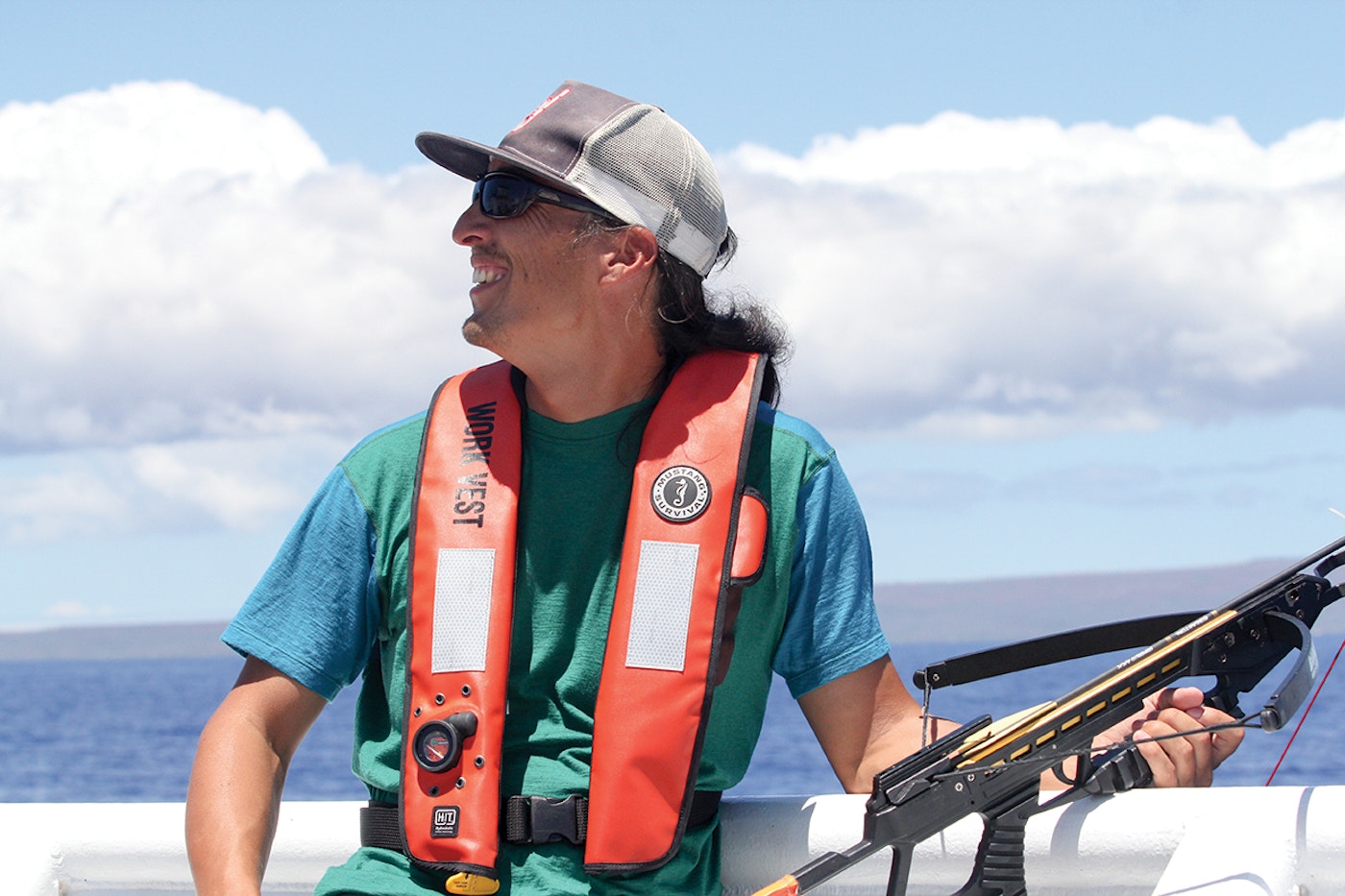
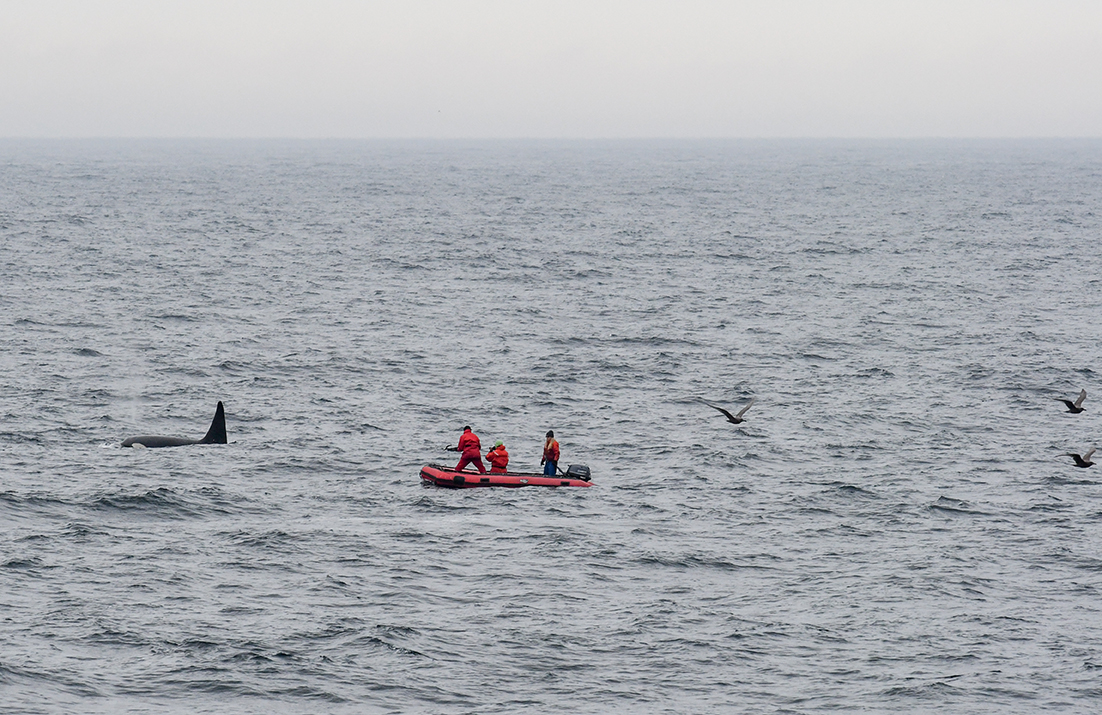
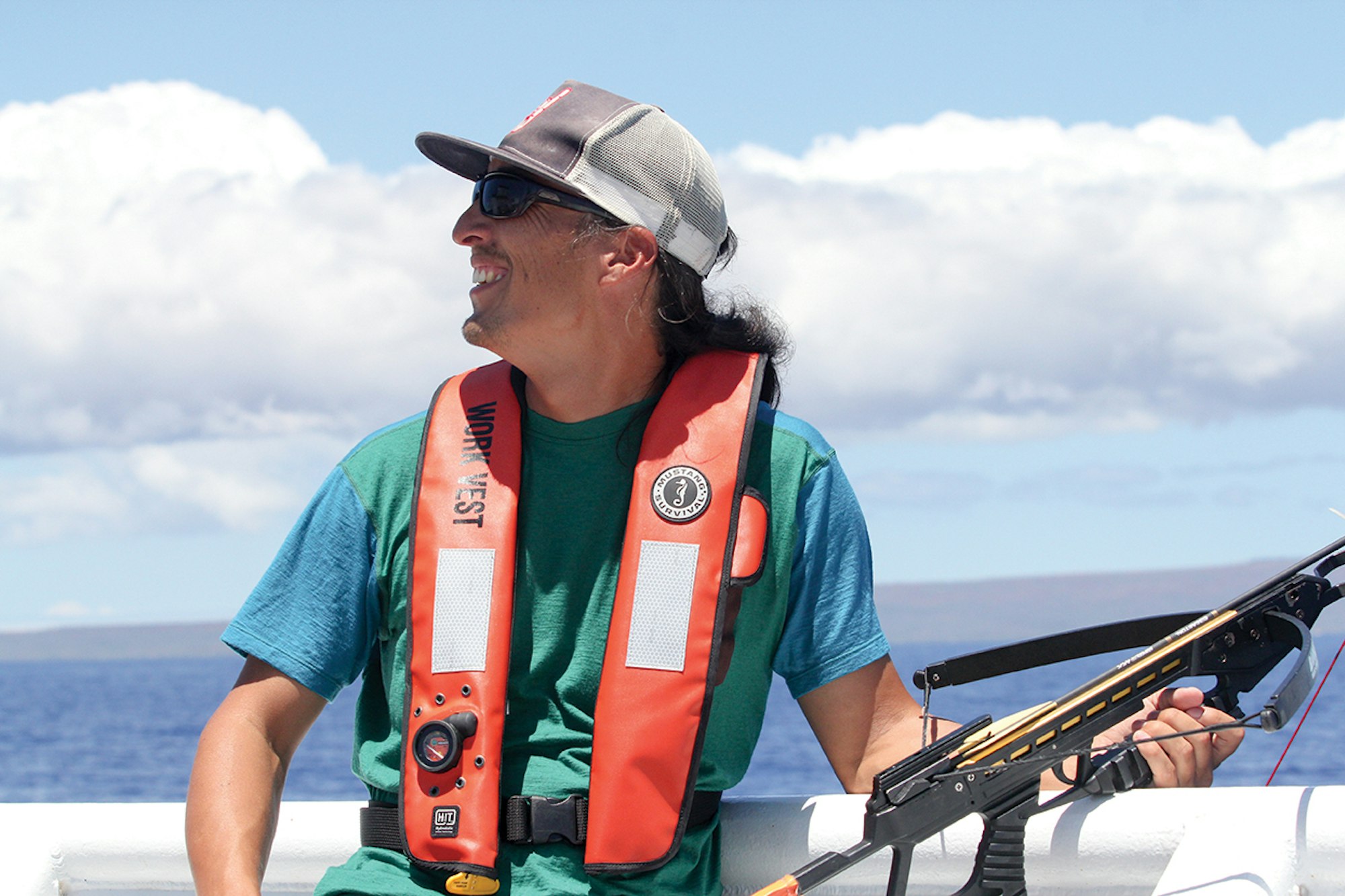

“Adam is one of those few people who at a young age knew what he was passionate about and he has worked hard to make his passions a reality,” says Tess Golling, Adam’s girlfriend of seven years. “Everything that Adam chooses to do he does fully, he never does something halfheartedly.”
When you hear studies, like the one from Deloitte University Press that reported that up to 87.7 percent of America’s workforce don’t have passion for their work, people like Adam seem all the more inspiring. Living out your dream full time takes courage to get off the beaten career path, but Adam says once you know what you want and you’re willing to work your ass off, it’s attainable.
Related Gear…
LEKI Elements Krypton S Gloves — $130
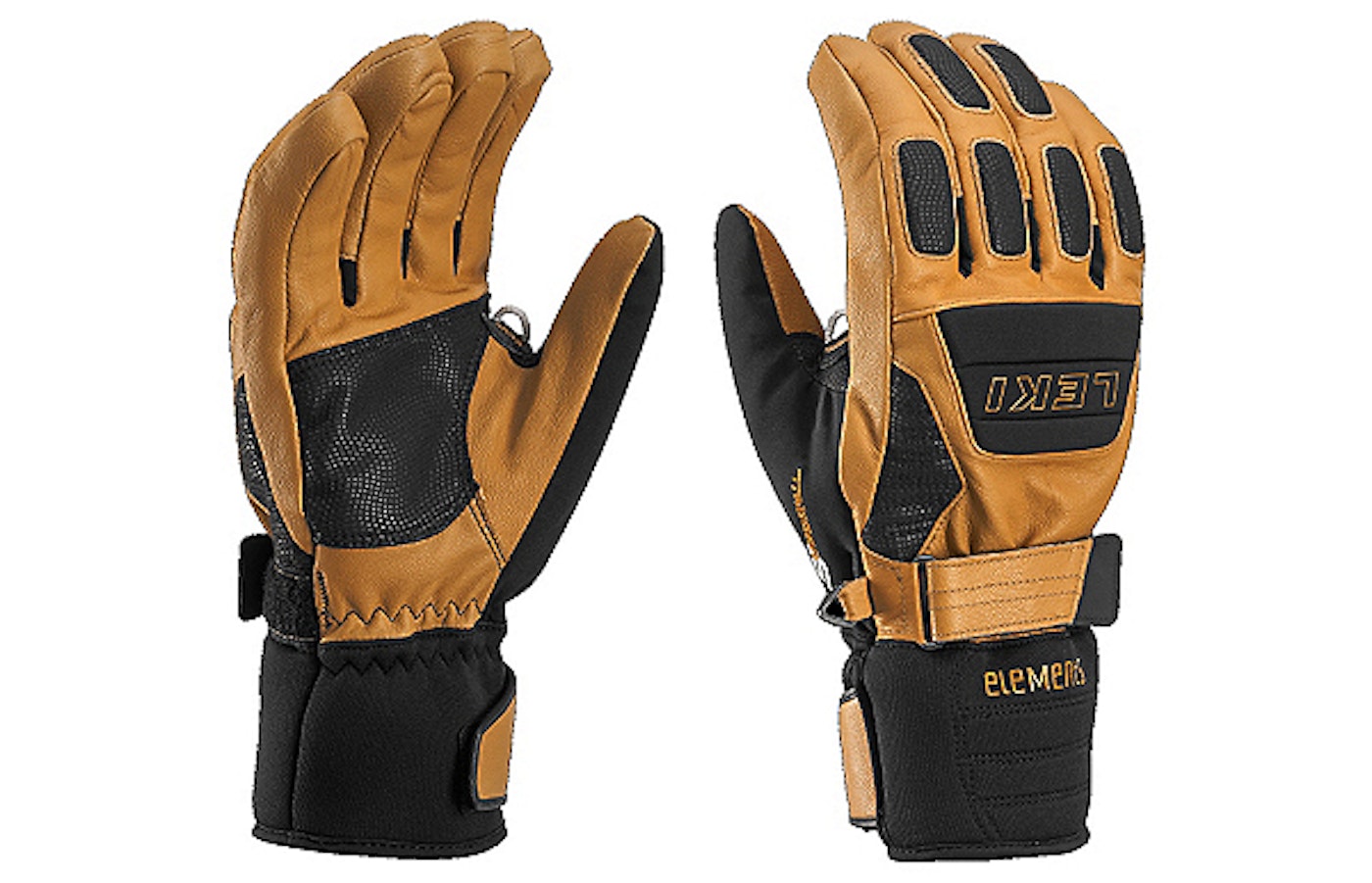
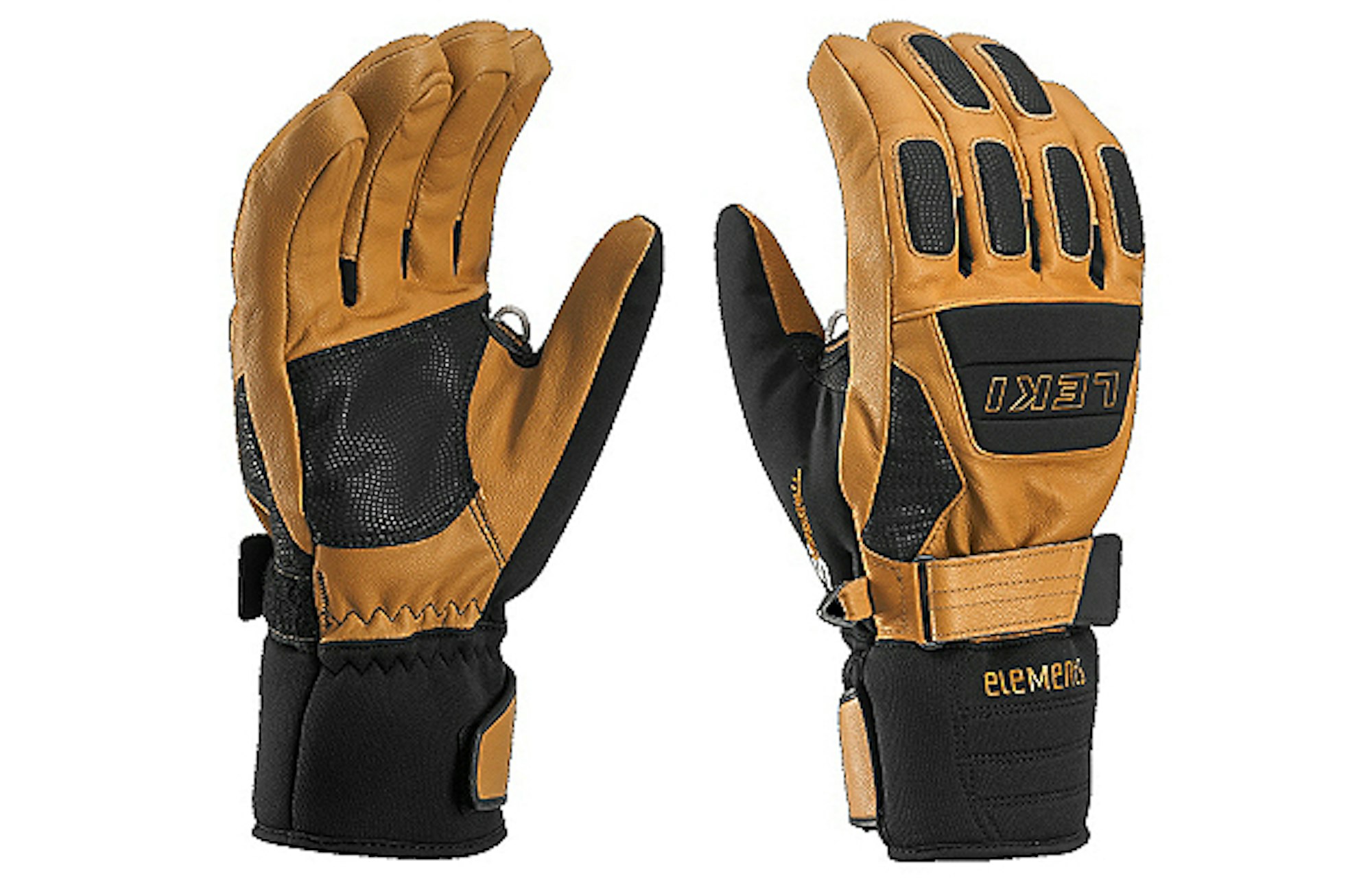
This workman-style glove is built with a goat leather exterior for waterproofing and durability. Don’t think it’s too beefy, though; a polyester/elastane blend allows for damn fine dexterity. It also boasts Hyperloft insulation and integrates with LEKI’s Trigger S pole-to-glove integration system.
LEKI Spitfire S Ski Poles — $100


The Spitfire S is built with 16 mm aluminum alloy, providing exceptional strength and durability. Its use of LEKI’s Trigger S system—a lock-in mechanism between the pole grip and LEKI gloves—allows for a non-bulky grip at all times. Its flashy highlighter yellow gives it a boost of flair, too, which we love.

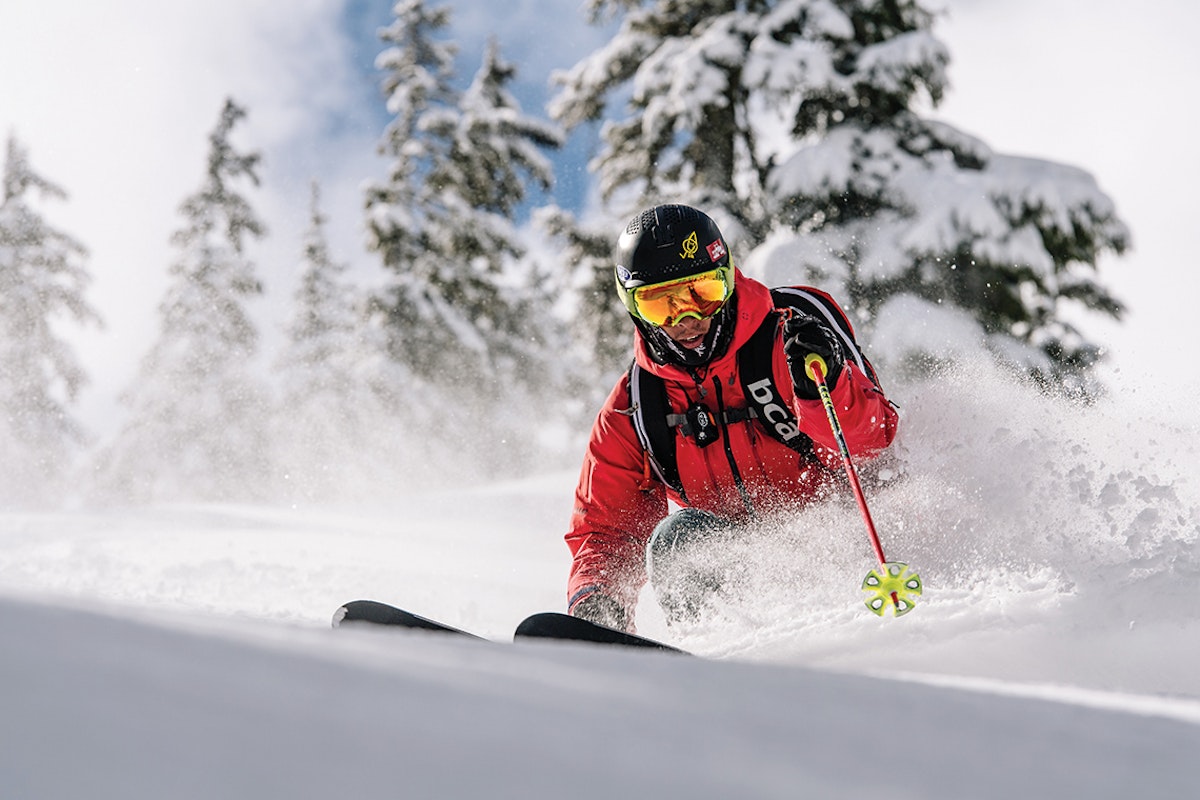
![[GIVEAWAY] Win a Head-to-Toe Ski Setup from IFSA](https://www.datocms-assets.com/163516/1765920344-ifsa.jpg?w=200&h=200&fit=crop)
![[GIVEAWAY] Win a Legendary Ski Trip with Icelantic's Road to the Rocks](https://www.datocms-assets.com/163516/1765233064-r2r26_freeskier_leaderboard1.jpg?w=200&h=200&fit=crop)

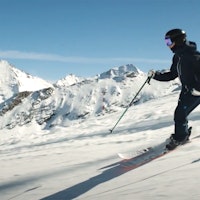
![[GIVEAWAY] Win a Legendary Ski Trip with Icelantic's Road to the Rocks](https://www.datocms-assets.com/163516/1765233064-r2r26_freeskier_leaderboard1.jpg?auto=format&w=400&h=300&fit=crop&crop=faces,entropy)




![[GIVEAWAY] Win a Head-to-Toe Ski Setup from IFSA](https://www.datocms-assets.com/163516/1765920344-ifsa.jpg?auto=format&w=400&h=300&fit=crop&crop=faces,entropy)


